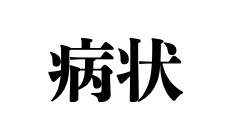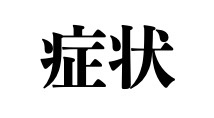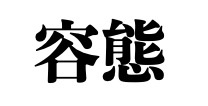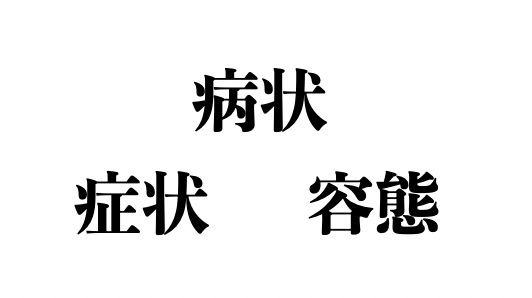What is the difference in meaning between 病状(byoujyou), 症状(shoujyou), and 容態(youdai) in Japanese.
Do you know the difference between these nuances and meaning?
These are all words that describe a state of illness.
I will now explain the difference between these nuances and meaning.
What are the nuance and meaning of 病状(byoujyou) in Japanese?

meaning
病状 (byoujyou) refers to the general appearance of the disease, including “症状” (shoujyou) and “容態” (youdai).
A general term meaning a situation that deviates from a healthy or normal state.
model sentence
Notify only family members of your medical condition.
病状を家族だけに知らせる。
No significant change in medical condition
病状に大きな変化がない。
What are the nuance and meaning of 症状(shoujyou) in Japanese?

meaning
This refers to various phenomena that occur depending on the type of illness (high fever, rash, headache, etc.).
subjective symptoms 自覚症状 (jikakushoujyou)
asymptomatic 無症状 (mushoujyou)
model sentence
Covid-19 is asymptomatic in many people.
コロナは無症状の人が多い。
It’s the lack of symptoms that’s most dangerous.
自覚症状がないのが一番危険だ。
What are the nuance and meaning of 容態(youdai) in Japanese?

meaning
容態 (youdai) focuses on whether the illness is severe, mild, or critical.
read also as “youtai”
model sentence
His condition suddenly worsened.
容態が突然悪化した。
Monitor his condition carefully.
容態を注意深く見守る。
There are differences in nuances and meaning between them.
Please try to understand the difference between these meaning and use them in different ways!
Please take a look at this as well.

COMMENTS